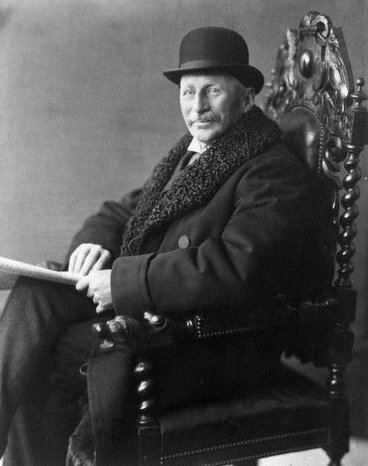County Berkshire Number of members 1 | Type of constituency Borough constituency | |
 | ||
Created from Reading North and Reading South Replaced by Reading North, Reading South | ||
Reading was a parliamentary borough, and later a borough constituency, represented in the House of Commons of the Parliament of the United Kingdom. It comprised the town of Reading in the county of Berkshire.
Contents
From 1295, as a parliamentary borough, Reading elected two members of parliament (MPs). When the parliamentary borough was replaced by a borough constituency in 1885, this representation was reduced to a single MP. The constituency was abolished in 1950, re-created in 1955, and finally abolished in 1974.
Boundaries
1918-1950: The County Borough of Reading.
1955-1974: The County Borough of Reading wards of Abbey, Battle, Castle, Caversham, Christchurch, Katesgrove, Minster, Redlands, Thames, and Whitley.
History
Reading was one of the boroughs summoned to send members to the Model Parliament. The boundaries (encompassing the whole of one parish and parts of two others) were effectively unchanged from 1295 to 1918. In 1831, the population of the borough was 15,935, and contained 3,307 houses.
The right to vote was exercised by all inhabitants paying scot and lot, a relatively wide franchise for the period, and almost 2,000 votes were cast at the general election of 1826. Despite this high electorate, the corporation of the town was generally considered in practice to control elections to a large extent. In the second half of the 18th century, Reading was notoriously one of the most corrupt constituencies in England, bribery being both routine and expensive: Namier quotes the accounts kept for Prime Minister Newcastle of the 1754 election, which note that John Dodd, the government's candidate there, had already received £1000 and was promised £500 or £600 more to help him win the seat. (Dodd lost by one vote, but had the result overturned on petition by a partisan vote in the House of Commons, and Newcastle's accounts show a continuing trickle of funds to him to nurse the constituency over the next few years.) A few years later, the nomination to one of Reading's seats was advertised for sale in a London newspaper, though Reading was not mentioned by name and no price was specified; the newspaper's printers were charged by the Commons with a breach of privilege, but the sale of seats remained legal if frowned-upon until 1809.
The Great Reform Act left Reading's representation and boundaries unchanged, and the reformed franchise far from increasing its electorate seems to have reduced it: it was estimated that there were 1,250 voters in 1831, but only 1,001 were registered for the first post-Reform election, that of 1832.
The Representation of the People Act 1884, coming into effect at the 1885 general election, caused the parliamentary borough to be replaced by a borough constituency, and reduced Reading's representation to a single MP. The single-member Reading constituency continued to exist until it was split in 1950 into the separate constituencies of Reading North and Reading South. These two constituencies were merged back into a single Reading constituency in 1955, but again split apart in 1974; despite its name, the 1955 constituency contained only ten wards of the County Borough of Reading. Today the area formerly covered by the Reading constituency is within the constituencies of Reading East and Reading West.
1295–1660
Elections in the 1910s
A General Election was due to take place by the end of 1915. By the summer of 1914, the following candidates had been adopted to contest that election. Due to the outbreak of war, the election never took place.
Elections in the 1930s
General Election 1939/40: Another General Election was required to take place before the end of 1940. The political parties had been making preparations for an election to take place and by the Autumn of 1939, the following candidates had been selected;
